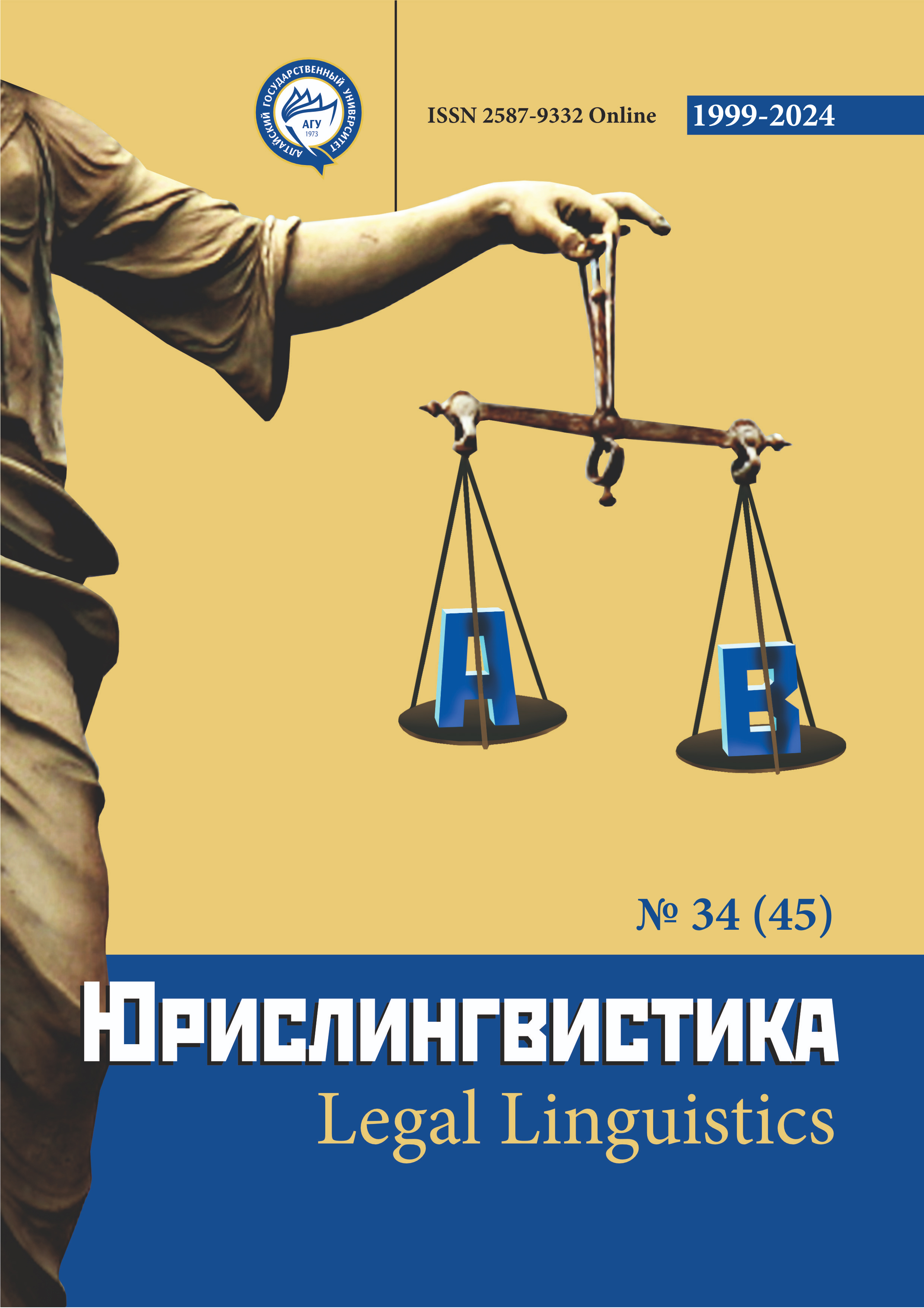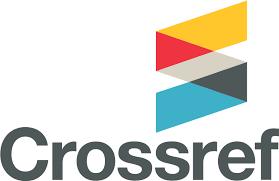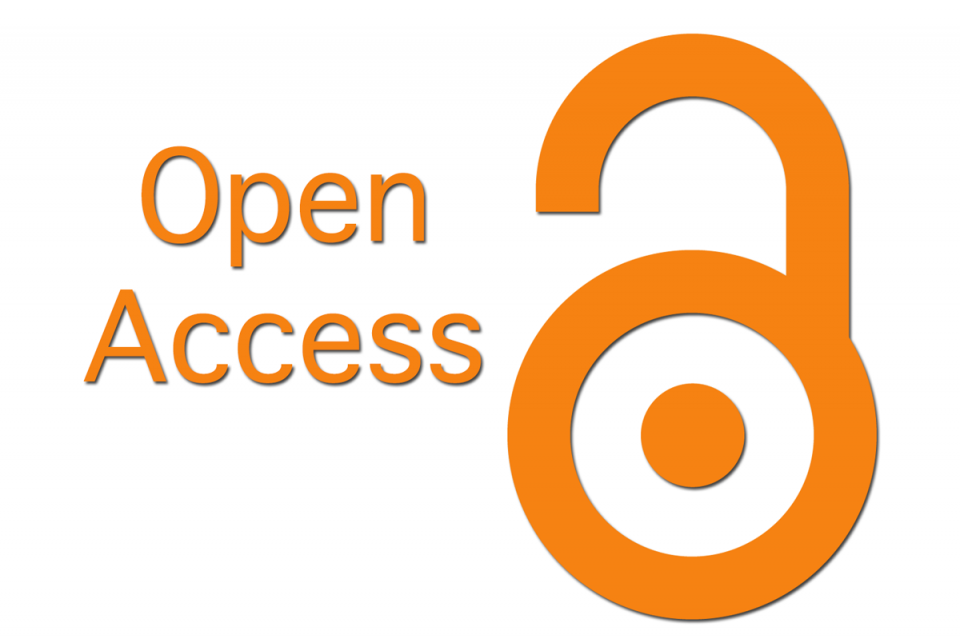Expression of Animosity and Disparagement in Internet-Memes as Humorous Creolized Texts
УДК 81`27, ББК 81
Abstract
The article discusses verbalization of the meaning of terms ”animosity” and “disparagement” in creolized texts of humorous nature through case-study of Internet-memes. The article explains the meaning of notions ”animosity” and “disparagement” in terms of their legal understanding in the Russian law and in the scope of forensic linguistics. Particular qualities of Internet-memes as creolized texts are described: specific features of verbal elements (intertextuality, rhyme) and non-verbal elements (icons, indexes, symbols), means of creating a comic effect (grotesque, metaphor, antithesis), as well as the presence of at least two illocutionary goals: to cause laughter and to inform a recipient about negative qualities of a certain group of individuals. The article describes linguistic manifestations of the meaning ‘’animosity’’(a negative portrayal of qualities or behavior of a group of individuals or its representatives, describing them as posing a threat, approval of unlawful or violent actions against them) and “disparagement” (assertion of “inferiority’’ of a group of individuals, who are considered to be “the others’’). Apart from that, the degree of verbalization of these negative components of meaning is considered. The article provides conclusions about the specifics of linguistic analyses of such texts, outlines topics for further research.
Downloads
Metrics
References
Баранов А. Н. Лингвистическая экспертиза текста. Теоретические основания и практика. М. – 2018.
Баранов А. Н. Угроза в криминальном дискурсе. Семантика и прагматика. М. – 2021
Дьяченко И.А. Иллокутивная цель высказываний с политически корректной лексикой. ISSN 2308-4804. Science and world. 2014. № 7 (11).
Кобозева И.М. Лингвистическая семантика. М.: ЛЕНАНД, 2021 – с. 42
"Кодекс Российской Федерации об административных правонарушениях" от 30.12.2001 N 195-ФЗ (ред. от 22.06.2024) URL:https://www.consultant.ru/document/cons_doc_LAW_34661/
Кукушкина О.В., Сафонова Ю.А., Секераж Т.Н. Методика проведения судебной психолого-лингвистической экспертизы материалов по делам, связанным с противодействием экстремизму и терроризму. / Федеральное бюджетное учреждение Российский федеральный центр судебной экспертизы при Министерстве юстиции Российской Федерации. – М. : ФБУ РФЦСЭ при Минюсте России, 2014. — 98 с2022: c. 88
Лайонз, Дж. Лингвистическая семантика. Введение / Дж. Лайонз. – М. : Языки славянской культуры, 2003. – 400 с.
Мокиенко В.М., Никитина Т.Г. Словарь русской брани. Матизмы, обсценизмы, эвфемизмы. Санкт-Петербург, «Норинт», 2003.
Пищерская Е.Н. Креолизованный текст как объект изучения в лингвистике // Litera. 2023. № 5. С. 55-65. DOI: 10.25136/2409-8698.2023.5.40748 EDN: ZHKUAD URL: https://nbpublish.com/library_read_article.php?id=40748
Постановление Пленума Верховного Суда РФ от 28.06.2011 N 11 (ред. от 28.10.2021) "О судебной практике по уголовным делам о преступлениях экстремистской направленности" URL: https://www.consultant.ru/document/cons_doc_LAW_115712/
Романова Т.В. Модальность. Оценка. Эмоциональность: Монография. –Нижний Новгород: НГЛУ им. Н.А. Добролюбова, 2008. - 309 с
Сорокин Ю. А., Тарасов Е. Ф. Креолизованные тексты и их коммуникативная функция // Оптимизация речевого воздействия. — М.: Высшая школа, 1990.
Серль, Дж. Р. Классификация иллокутивных актов / Дж. Р. Серль // Новое в зарубежной лингвистике. – М. : Прогресс, 1986. – Вып. 17. – С. 170–194.
Толковый словарь русского языка с включением сведений о происхождении слов / Под ред. Н.Ю. Шведовой. М., 2007
“Уголовный кодекс Российской Федерации" от 13.06.1996 N 63-ФЗ (ред. от 12.06.2024) URL: https://www.consultant. ru/document/cons_doc_LAW_ 10699/.
Copyright (c) 2024 Таисия Кашарина, Эльвира Батурина

This work is licensed under a Creative Commons Attribution 4.0 International License.
The authors, which are published in this journal, agree to the following conditions:
1. Authors retain the copyright to the work and transfer to the journal the right of the first publication along with the work, at the same time licensing it under the terms of the Creative Commons Attribution License, which allows others to distribute this work with the obligatory indication of the authorship of this work and a link to the original publication in this journal .
2. The authors retain the right to enter into separate, additional contractual agreements for the non-exclusive distribution of the version of the work published by this journal (for example, to place it in the university depository or to publish it in a book), with reference to the original publication in this journal.
3. Authors are allowed to post their work on the Internet (for example, in a university repository or on their personal website) before and during the review process of this journal, as this may lead to a productive discussion, as well as more links to this published work (See The Effect of Open Access).











